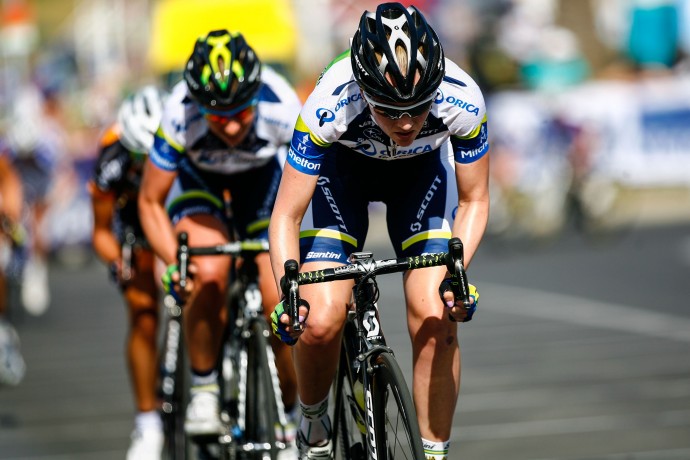The race day is upon you, unravelling across the horizon with a bright dose of sunshine, dry conditions and a cloudless sky. Gratefully, there’s a nice gentle breeze blowing, massaging your skin with a cool gust as you register your name, guard your number and go over your equipment. You’ve been strict with your diet and kept your miles lean, long and dedicated, spinning out workouts, charting an almost perfect heart rate and blowing off some truly enviable parties all in the name of the podium place at the end of the race. So you’re prepared, really prepared, nothing can go wrong now the weather is clear, right? Wrong. A lot can go askew, even when you’ve laid a solid plan and ordered back up tyre tubes from 99bikes.com.au or Ebay. So how can you prevent the smallest error from causing big problems on race day?

Final Equipment Status Check
Tyres: Are they pumped up and pressurised correctly? Is the tread stable and holding substantial traction? Do you have a spare air supplement?
Wheels: Are there any broken spokes? Have the rims warped in the changeable weather? Are there any points of weakness you’re concerned about?
Axels: Are they suitably greased? Have you rotated the wheels and noticed any point of resistance? Is everything clean?
Suspension: Have you tested the suspension? Is it supported and working appropriately?
Take Care of Yourself Too
Checking your bike for last minute issues is smart and shows the professionalism of a serious race contender, but the bike is only half of the equation. Protect yourself against the elements and unexpected surprises by packing a tube of sports gel to prevent hideous chafing later down the track – nothing takes the sweetness out of victory more than red raw skin. Pack an extra set of googles, in case conditions change and make sure your race-wear is all weather, accounting for the day’s forecast. An extra time-saving tip? Lace your shoes with elastic laces for instant removal during all-terrain stages.
Prepare Mentally and Physically
You’ll often hear experts trumpeting the importance of nutrition and they would certainly be right; it would be foolhardy, however, to make recommendations based on generalised circumstances, as every race and athlete is different. Instead, we’ll focus on the functional component of getting to know the course. If you’re lucky enough to live in the area, great, you have an amazing opportunity to ride the circuit before race day, noting the terrain changes, obstacles, conditions and quirks of the track. If you aren’t so lucky, there are several map programs online now that will give you the inside scoop; it may not compare to a real life tour, but some clue is better than no insight at all. Pay particular attention to the last five hundred metres, noting any challenges that may affect your ability to out-pace your attention. Pay attention to any climatic conditions and gauge how they will affect your race – you never know, it might be the same when you’re on the starting line.
Remember, be detail orientated, determined and ready to get ahead of the pack, using everything in your arsenal. This is your race.

